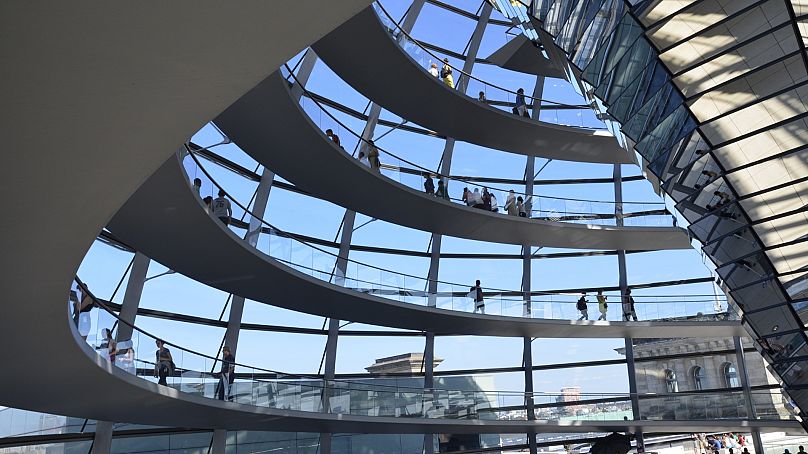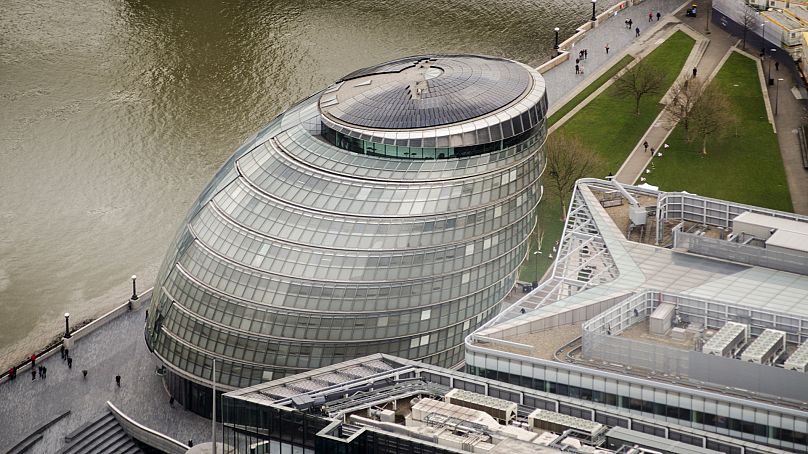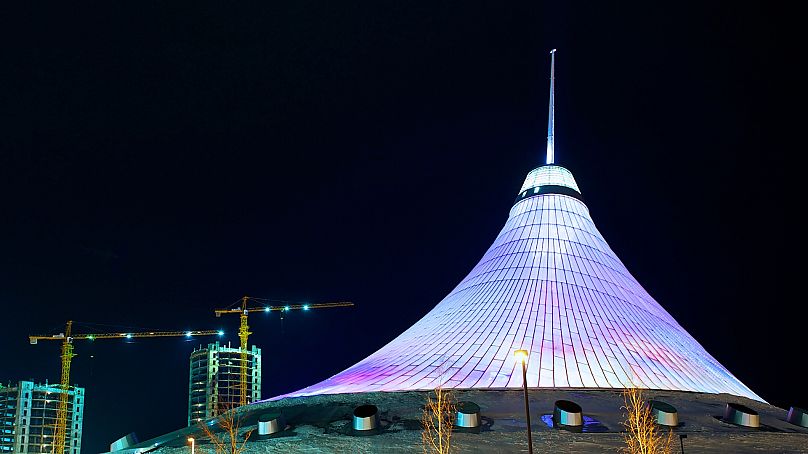On this day, the newly designed Reichstag was opened in Berlin in 1999. Behind it was the architect who's designed the look of multiple modern cities.
19 April 1999: How Norman Foster changed Berlin’s parliament building
The fall of the Berlin Wall in 1989 is one of the most striking moments in 20th century history. As Germans from either side of Berlin tore down the physical and figurative barrier erected by decades of the Cold War, it ushered in a new promised era for Europe.
The reunification of East and West Germany was celebrated in a ceremony at the Reichstag, the parliamentary building in Berlin. The building had been the home of previous German governments, including the imperial era and the Nazi regime.
Severe fighting during the Second World War put the building in ruins. It was restored in the 70s but couldn’t be used for either German governments as it was outside of the two countries’ borders.
In 1991, after the two sides of Germany were reunified, it was decided Berlin would remain the nation’s capital with the Bundestag using the Reichstag as its primary building. To celebrate, reconstruction was in order, and that task was given to the iconic British architect Norman Foster in 1994.
Known for his grand glass-based modern innovations, Foster’s architectural firm had designed the eye-catching HSBC Main Building in Hong Kong, alongside many other significant buildings. For the Reichstag, the interior was renovated to bring it up-to-date with the demands of government functions going into the 21st century.
Most notable though was Foster’s addition of a glass dome to the top of the Reichstag. Echoing the original design of the building before the damage of the Second World War, the cupola was the suggestion of Gottfried Böhm and voted in by the Bundestag, against Foster’s original and more expensive idea of creating a parasol-like building.
Providing a 360° view of Berlin, the glass dome symbolises the reunification as well as the shedding of past national traumas. Thanks to the redesign, the Reichstag is one of the most popular landmarks in Germany, as the second most visited attraction in the country.
It opened on this day in 1999.
Other Norman Foster city designs
Beyond recreating Berlin’s Reichstag, Foster has had a powerful effect on many skylines across the world. His reputation from buildings like the Reichstag has put him first in line for many similar projects aimed at rejuvenating traditional settings.
London
In Foster’s homeland, the capital’s skyline owes a lot to the architect. Opening just over three years after the new Reichstag building was Foster’s City Hall. Featuring some cross-over design features of the Reichstag, the new building was designed to hold the Greater London Authority.
Walking distance from City Hall’s southbank location is also Foster’s Millennium Bridge. The newest addition to the bridges over London’s Thames River, it gained the unfortunate nickname “The Wobbly Bridge” after initial faults caused it to sway when people walked over it.
Other major additions include multiple buildings in Canary Wharf and the redesign of Wembley Stadium, the UK’s largest stadium.
Astana
Foster’s work has travelled far and wide. From Singapore to California, it’s hard to find a major city that doesn’t have at least one design from the legendary architect. But few cities have felt the Foster fingerprint more notably than the capital of Kazakhstan.
When Astana was named Kazakhstan’s capital in 1997, urban planners were brought in to design a city worthy of the capital title. The entire city was redeveloped and Foster’s designs are an integral part of its modern look.
The country’s congress hall, the Palace of Peace and Reconciliation was Foster’s first commission. He designed an imposing futuristic pyramid building that can be lit up depending on the occasion.
Taking influence from the country’s nomadic roots, Foster also designed the Khan Shatyr Entertainment Center. A neo-futurist building, its fabric roof makes it the largest tent in the world.














